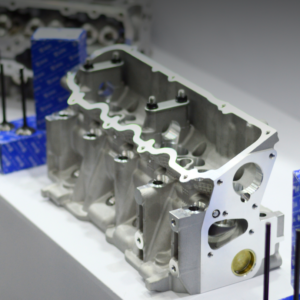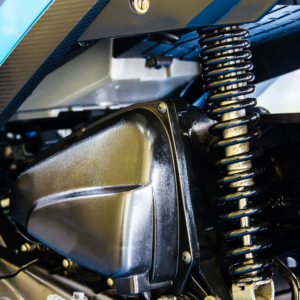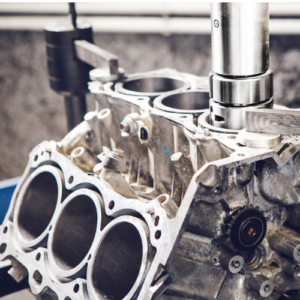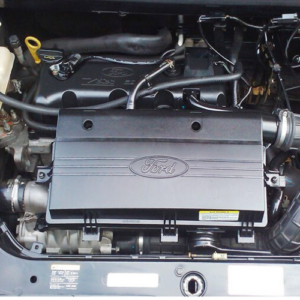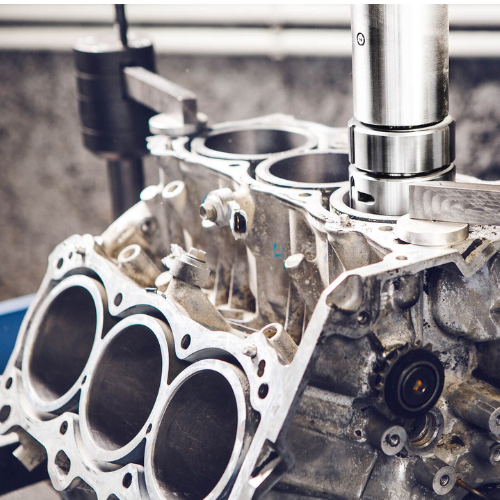
Three-cylinder engines have become increasingly popular, especially in compact and fuel-efficient cars. But what makes them such an attractive choice for modern drivers? In this article, we'll explore what these engines are, their advantages, and why they're gaining traction in the market.
What are 3-Cylinder Engines?
As the name suggests, a 3-cylinder engine has three chambers where fuel combustion occurs. Each cylinder acts like a mini-engine within the larger engine, generating the power needed to move the car. Compared to traditional 4-cylinder engines, a 3-cylinder engine is slightly different, but no less efficient.
Why Choose a 3-Cylinder Engine?
1. Fuel Economy: One of the main reasons 3-cylinder engines are becoming more popular is their fuel efficiency. With fewer cylinders, the engine is lighter, which helps save on gasoline or ethanol, ideal for those looking to save money on their daily lives.
2. Compact Design: These engines are smaller and lighter than their 4- or 6-cylinder counterparts. This not only contributes to a lighter and more agile car, but also leaves more room under the hood, which can make maintenance easier.
3. Fewer Moving Parts: With fewer internal components, a 3-cylinder engine experiences less friction, which can increase its durability and reduce the need for frequent repairs. Fewer moving parts means less wear and tear, and that's always good news.
4. Lower Emissions: Due to their efficiency, 3-cylinder engines tend to be more environmentally friendly, emitting fewer polluting gases. In an increasingly environmentally conscious world, this is a significant advantage.
Challenges of 3-Cylinder Engines
1. Vibrations: One disadvantage of 3-cylinder engines is that they can produce more vibrations than 4-cylinder engines, due to their design. However, most automakers have incorporated technologies to reduce these vibrations, making for a smoother ride.
2. Limited Power: Compared to larger engines, 3-cylinder engines can have less power, especially in older models. However, with advances in technology, such as the addition of turbochargers, these engines now offer very competitive performance without sacrificing economy.
Examples of Cars with 3-Cylinder Engines
Many automakers have already adopted 3-cylinder engines, especially in models designed for fuel economy and practicality. Some popular examples include:
- Ford Ka: Available with 1.0 and 1.5 3-cylinder engines, it combines economy with good urban performance.
- Volkswagen Up!: A compact car that uses a 3-cylinder engine to offer agile and efficient driving.
- Toyota Yaris: Known for its balance between fuel economy and dynamic performance.
Is a 3 Cylinder Engine Worth It?
Three-cylinder engines are an excellent choice for those looking for an economical, easy-to-maintain car that still offers satisfactory everyday performance. With the addition of modern technologies, these engines are proving to be just as capable as models with more cylinders.
If you're considering a car with a 3-cylinder engine, consider all these advantages and see if they meet your driving needs. These engines may be small, but they certainly have a lot to offer!
Did you like this article? Explore more engine content and maintenance tips on our blog. And if you already own a car with a 3-cylinder engine, share your experience in the comments!




